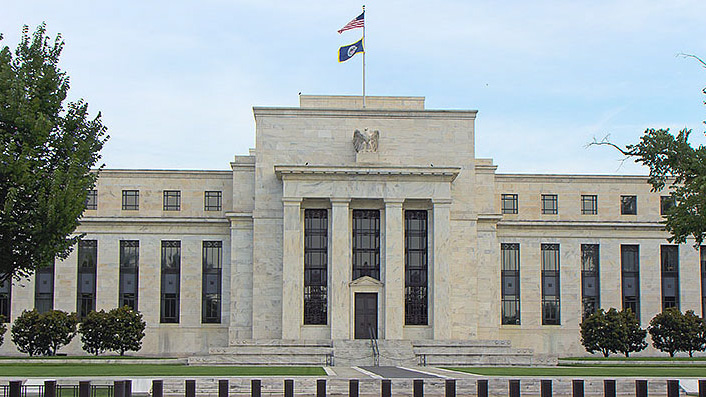The Federal Reserve (Fed) kicks off its monetary policy meeting this Tuesday, with announcements scheduled for Wednesday at 8:00 PM Spanish time. Jerome Powell, leading the institution, will also update the macroeconomic forecasts and the famous «dot plot.»

Experts believe there will be no changes this week, so rates will remain between 5.25% and 5.50%. “The Fed has been softening its stance on rate cuts in recent months,” comments Cristina Gavín from Ibercaja Gestión. “The US economy continues to show solid growth and employment, along with high inflation, which has postponed expectations of cuts.”
According to the CME FedWatch tool, the probability of a cut in June is almost nil (0.6%), in July it is less than 9%, and for September it is around 45%. Most are pointing to the November meeting (November 7), just two days after the presidential elections between Joe Biden and Donald Trump.
“Some voices have dismissed cuts this year. We believe that in 2024 there will be a change in the Fed’s policy, and the first cut will be after the summer,” Gavín opines. “If prices drop, we could see another cut by the end of the year, after the elections.”
The Fed’s New Dot Plot
In addition to the monetary policy decisions, the Fed will present its new economic projections and its dot plot, which reflects the rate expectations of the committee members. In March, they forecasted three cuts in 2024 and three more in 2025.
“Given that inflation has remained stable and the latest employment data exceeded expectations, we expect them to adjust their projections to two cuts in 2024 and four in 2025 instead of three and three,” says the ING analysis team led by James Knightley.
Regarding the macroeconomic projections, “we do not expect significant changes in the core PCE deflator forecasts (around 2.7%), but we do expect a cut in the fourth quarter GDP forecast (from 2.1% to 1.7%) and an increase in the unemployment projection (from 4% to 4.1% or 4.2%),” explains Knightley.
“The likelihood of lower GDP growth and higher unemployment is why we do not expect significant moves in the dot plot,” he adds. “Recent economic data has been weaker than expected,” comments Erik Weisman from MFS Investment Management. “Could this accelerate the Fed’s rate cut cycle?”
Weisman also mentions interest in the “long-term dots,” which reflect what the Fed considers its long-term neutral rate. “Last quarter, this midpoint rose for the first time in a long while. Will the Fed continue in this direction?” Weisman asks.